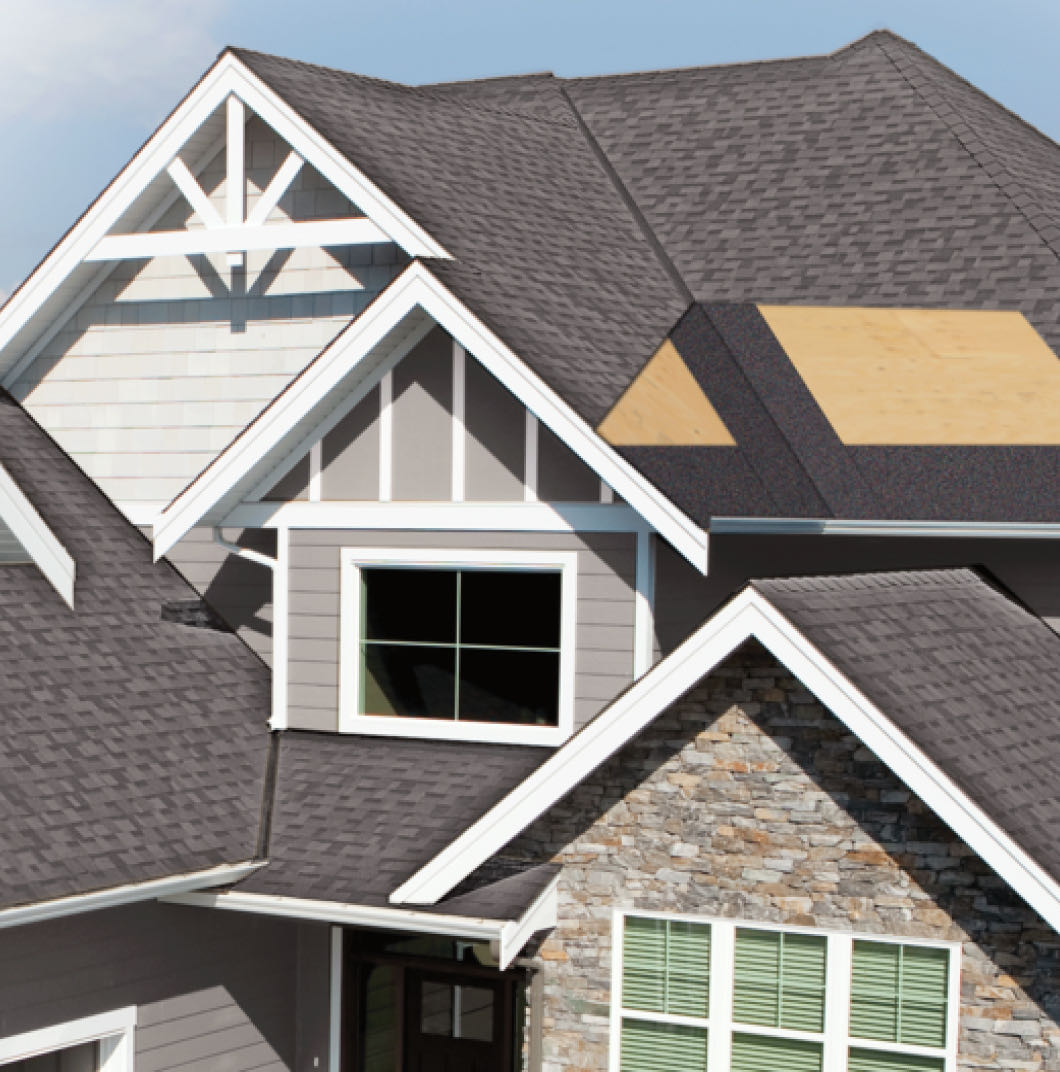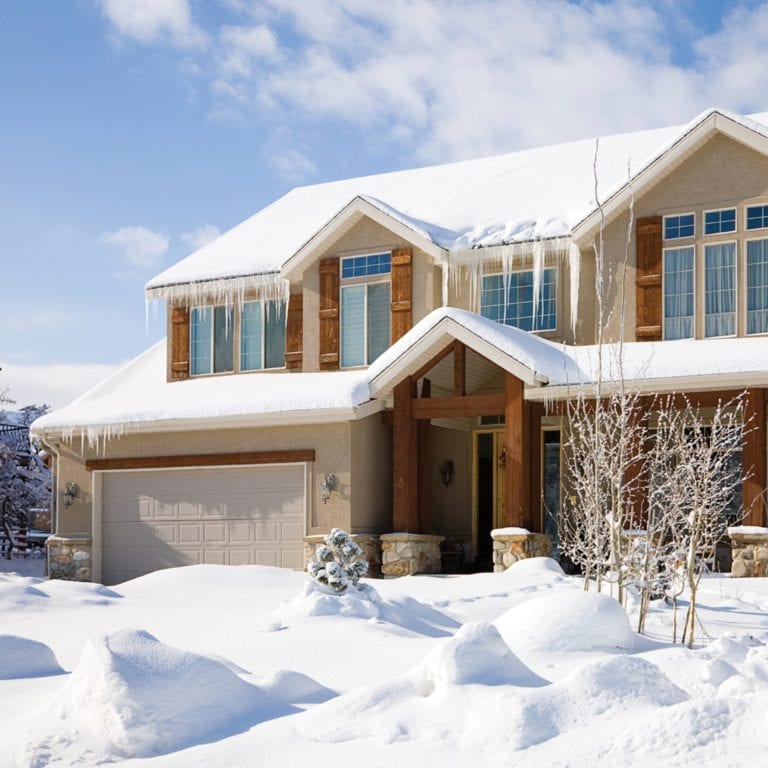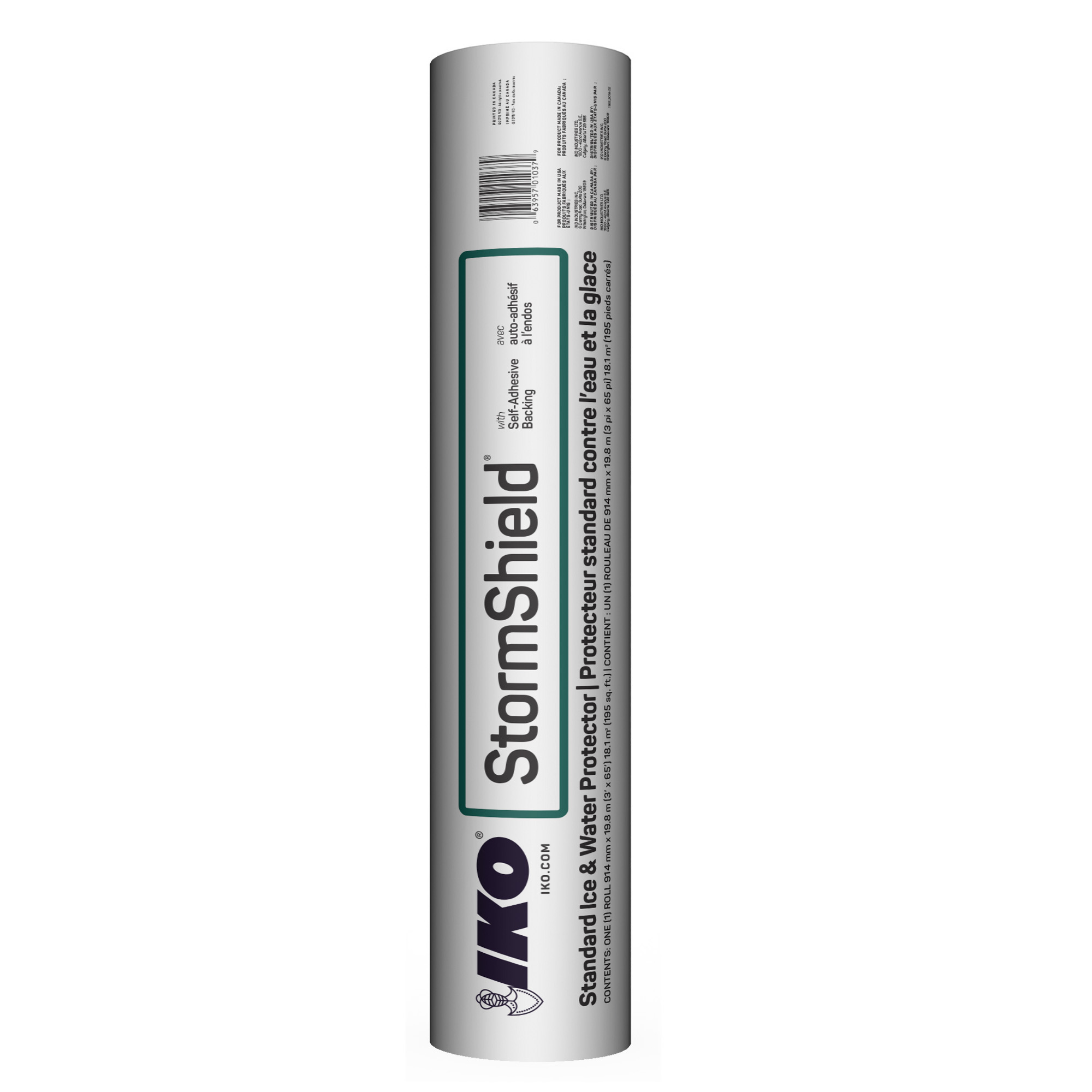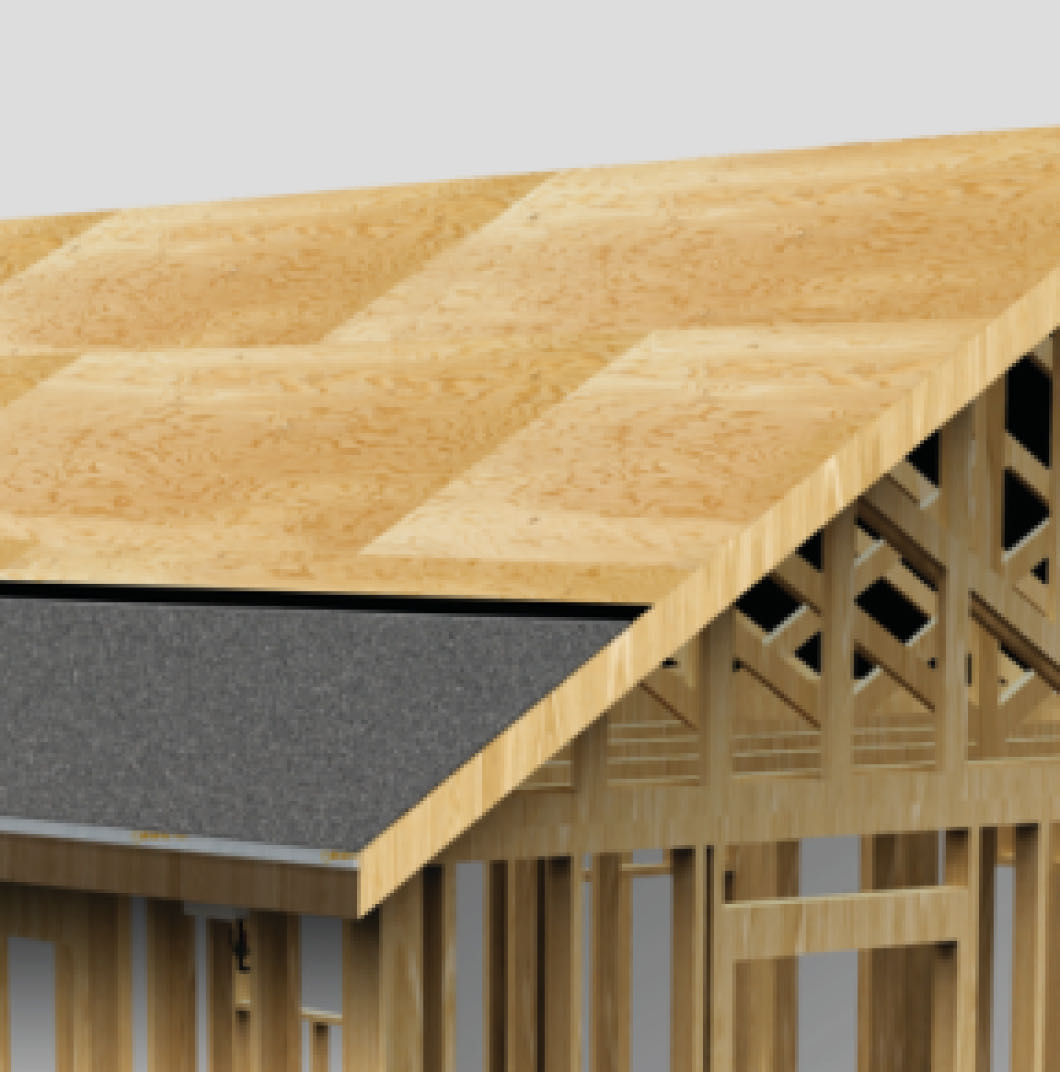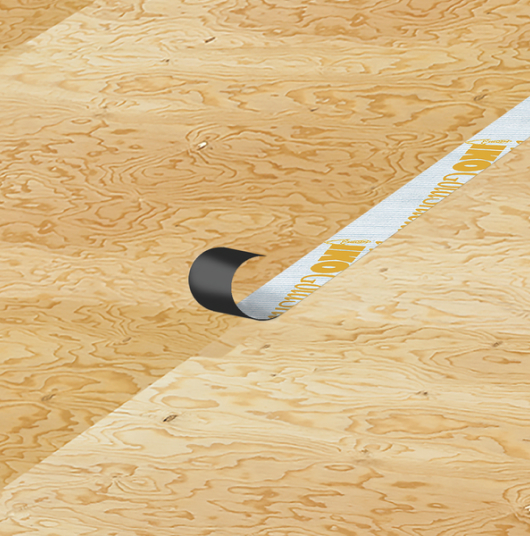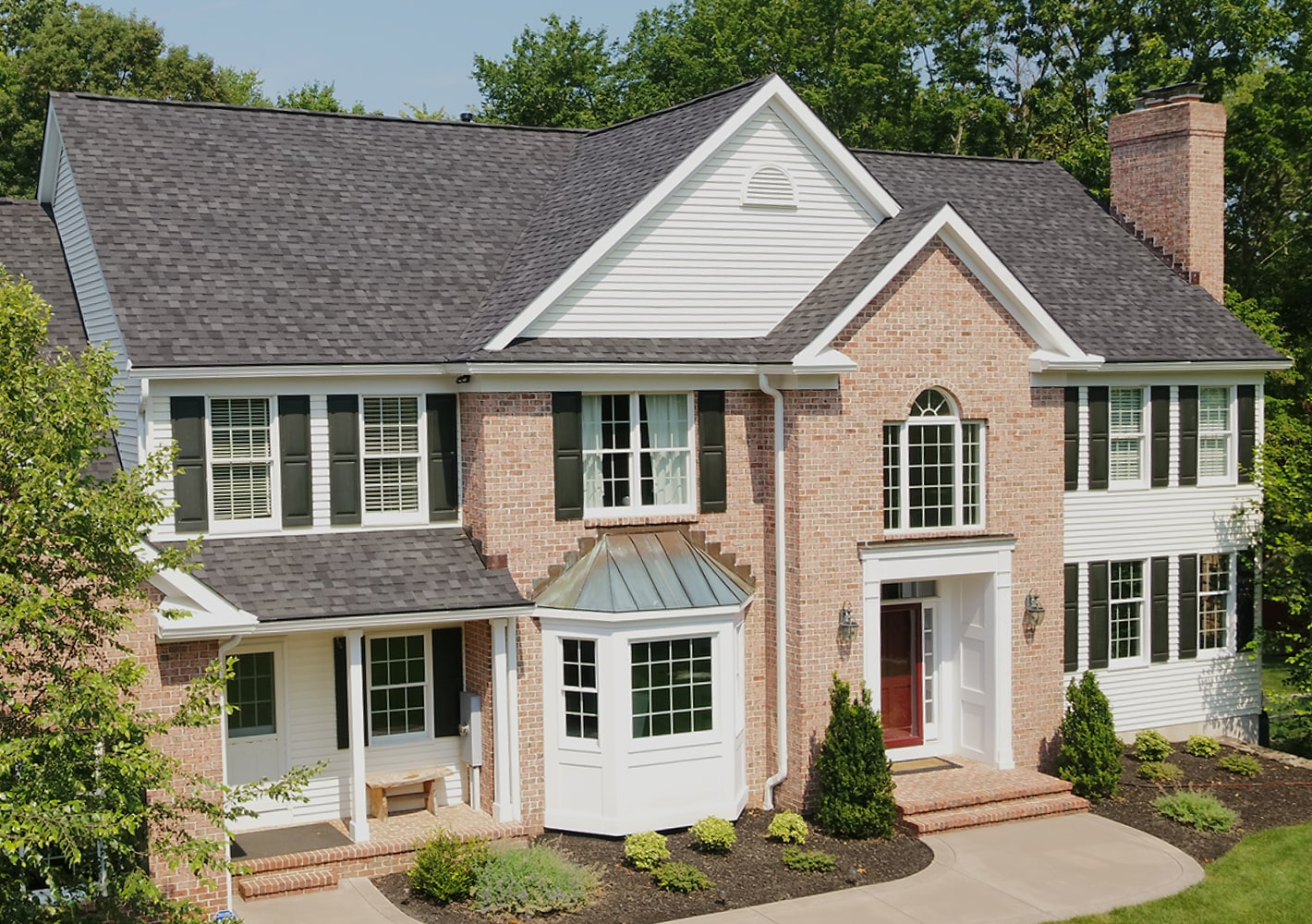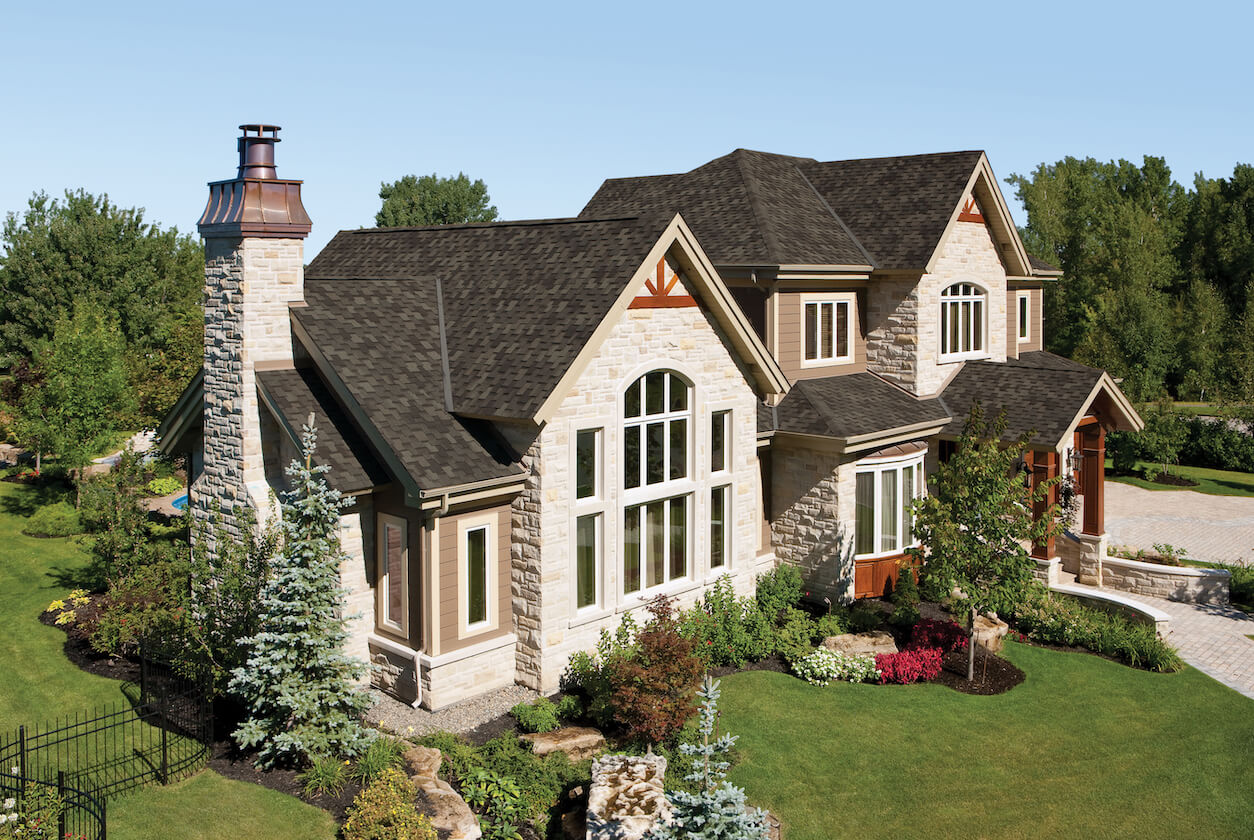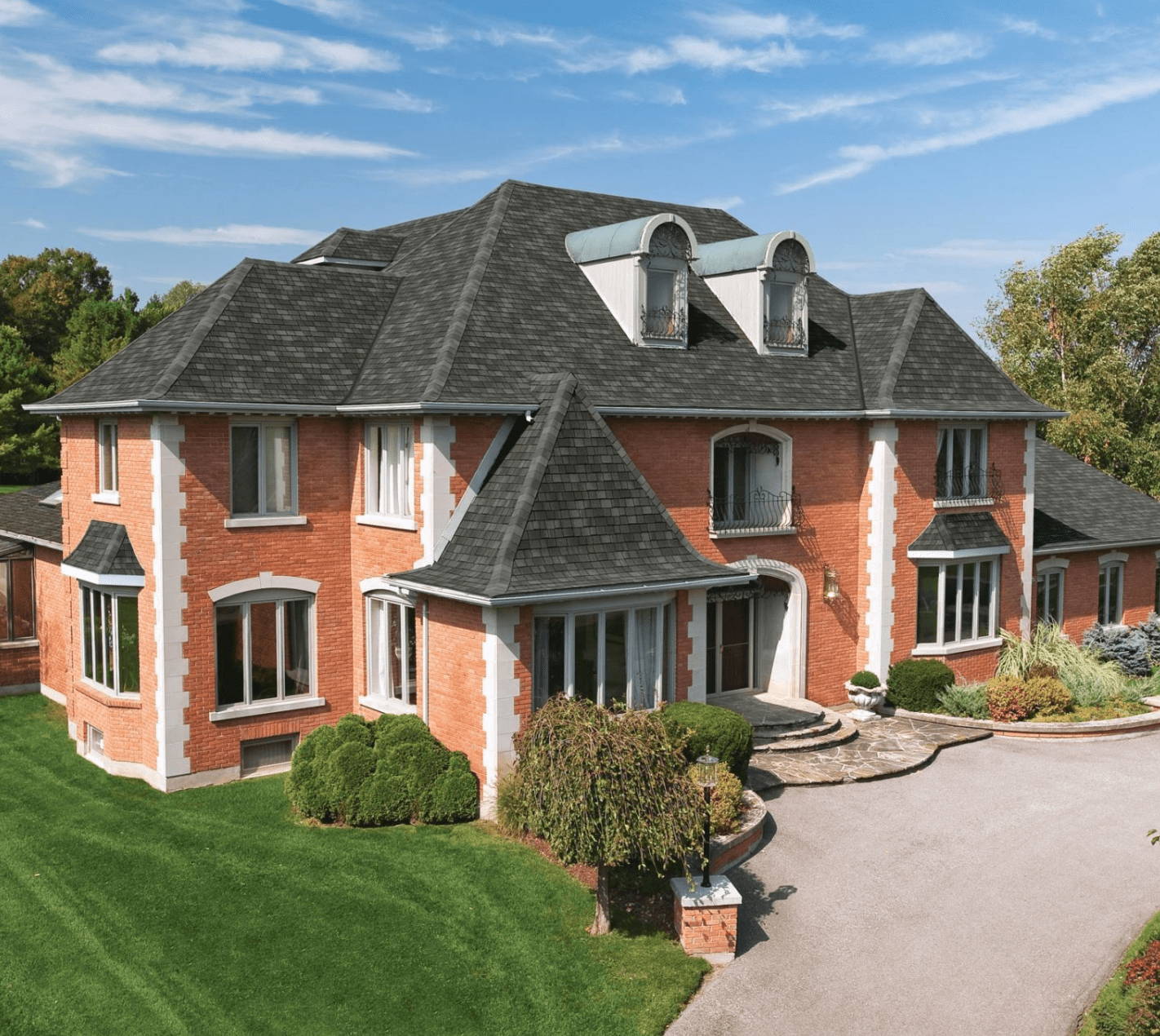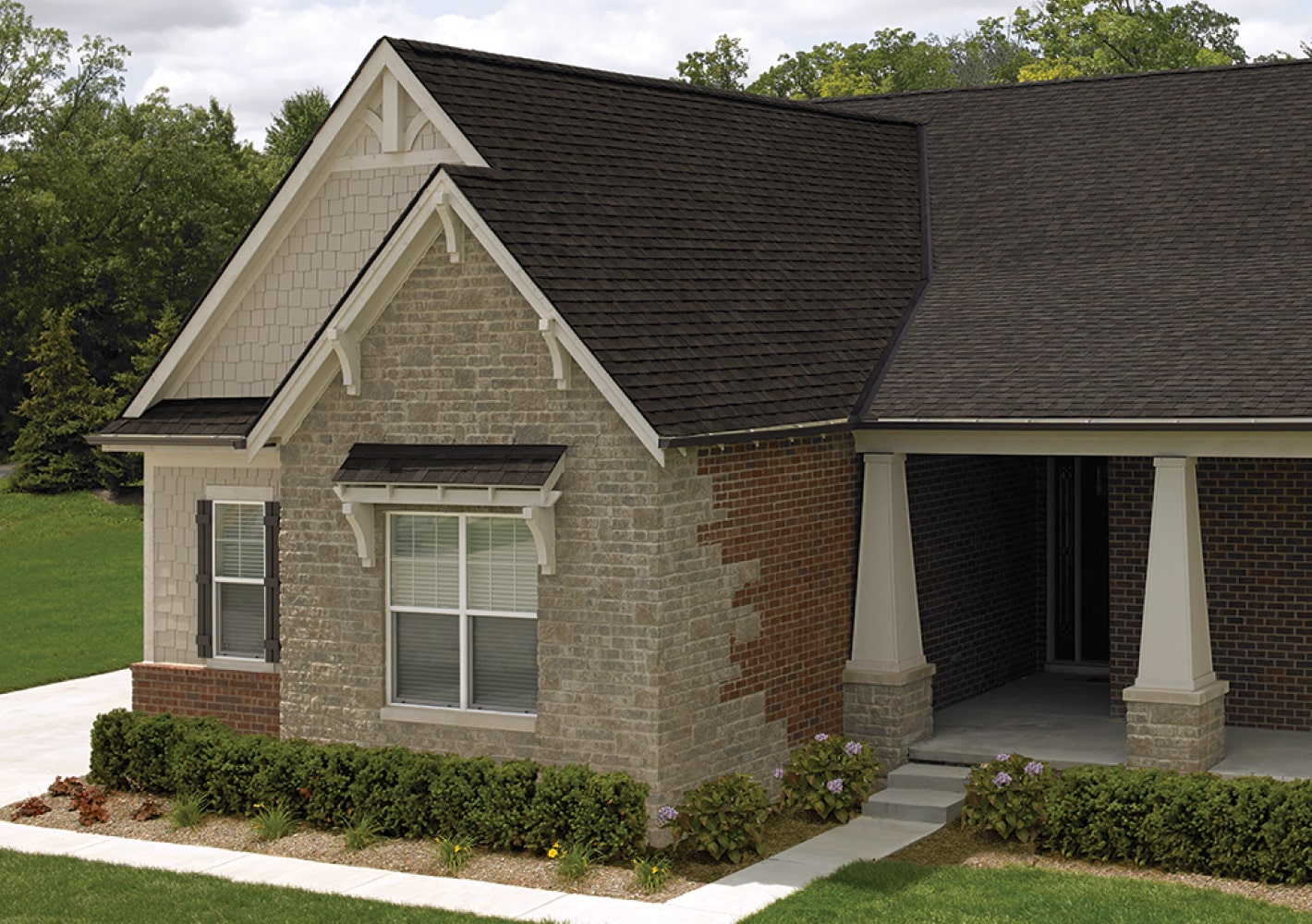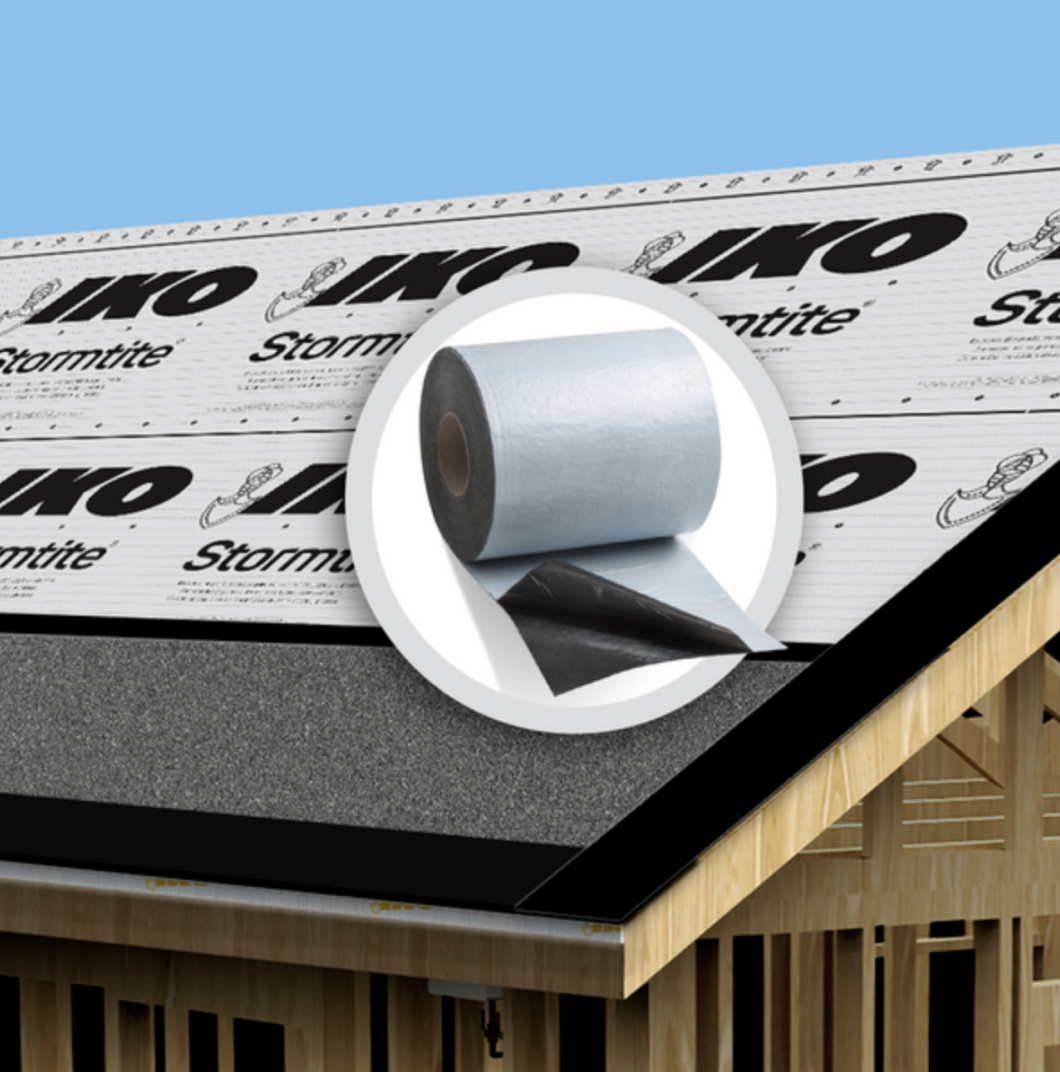
StormShield Ice and Water Protector
StormShield Ice and Water Protector
When rain and snow hit, StormShield® ice and water protector acts as a secondary barrier to help protect against wind-driven rain and unwanted moisture that can penetrate the shingle layer, causing leaks or ice dams. Made of non-woven glass fiber mat, this modified bitumen roll is easy to install with self-adhesive backing for watertight sealing in critical areas. You can also use it as flashing membrane around dormers, vent stacks, skylights, or even doors and windows.
When rain and snow hit, StormShield® ice and water protector acts as a secondary barrier to help protect against wind-driven rain and unwanted moisture that can penetrate the shingle layer, causing leaks or ice dams. Made of non-woven glass fiber mat, this modified bitumen roll is easy to install with self-adhesive backing for watertight sealing in critical areas. You can also use it as flashing membrane around dormers, vent stacks, skylights, or even doors and windows.
The PROFORMAX Collection
IKO® roofing accessories are part of an integrated roofing system designed to ensure the highest quality roof installation. IKO Proformax application guidelines give contractors the step-by-step instructions they need to install every deck protector, underlayment, starter, and cap shingle to the highest standard. When strictly followed, these instructions result in a longer lasting roof.
Specifications & Standards
Standards
-
D1970
-
Miami-Dade Approved. 1
Specifications
-
Size
19.8 m x 914 mm (65' x 36")
-
Area
18.1 m² (195 sq. ft.)
-
Qty Per Pallet
44
-
Quantity Per Unit/Package
1
1. Products with Miami Dade NOA, Florida Product Approval, and Texas Department of Insurance listings are available. Miami-Dade & Florida Building Code High-Velocity Hurricane Zone (HVAZ) approvals apply only to shingles available in the southeast US market. For more information please visit: our listings page or contact IKO at: 1-888-IKO-ROOF (1-888-456-7663).
Note: All values shown are approximate. Product is designed and tested to comply with ASTM Standard at time of manufacture prior to packaging.
Documents
Application Instructions
Brochure
Videos
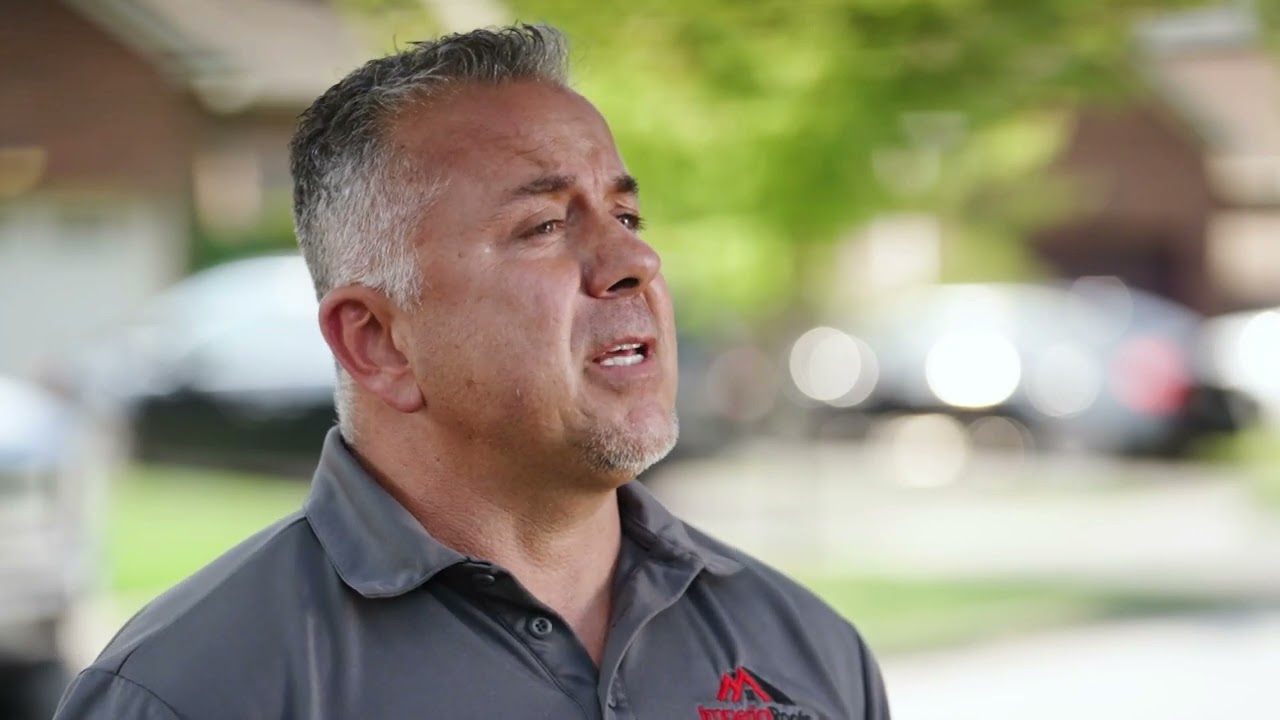

Imperial Accessories Only – NEEDS OPTIMIZING
IKO North America
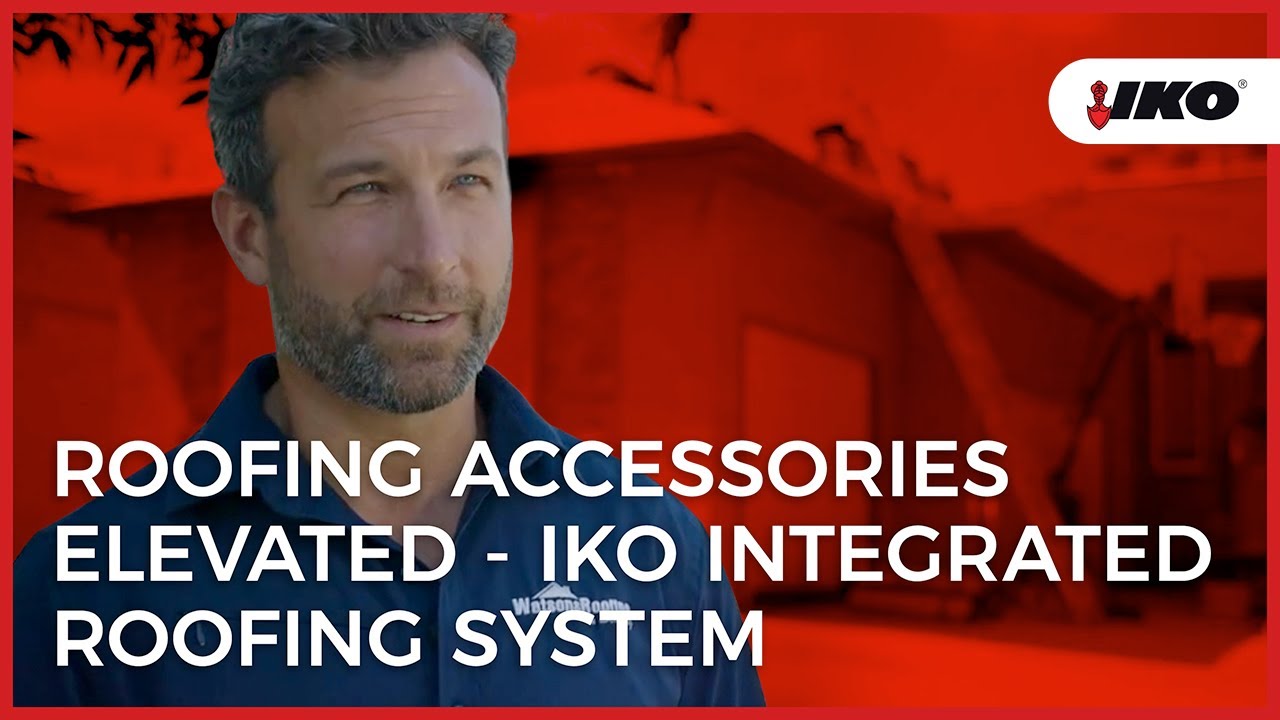

Roofing Accessories Elevated – IKO Integrated Roofing System
IKO North America


Meet the Complete Roof System – PROFORMAX Building System – Invictus Roofing and Construction
IKO North America
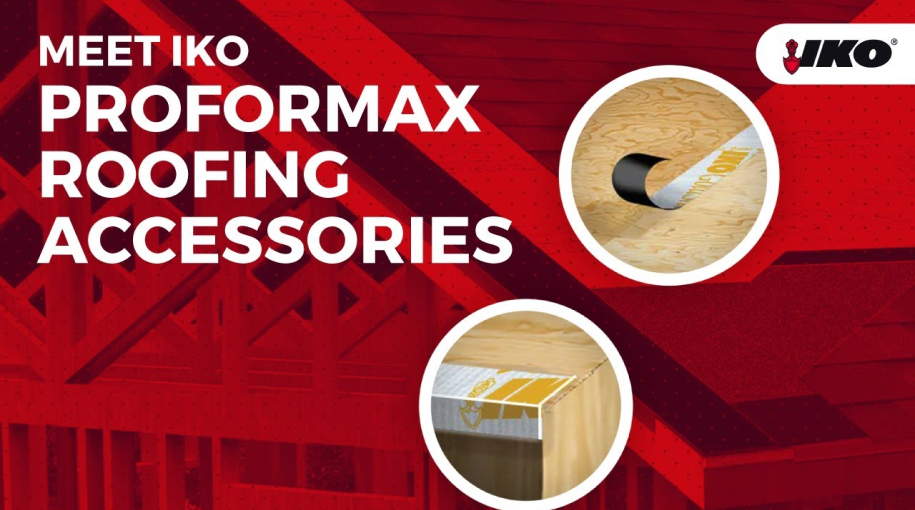

Meet IKO PROFORMAX Roofing Accessories
IKO North America
-
Find a Contractor
Jump Start Your Roofing Process
Ready to take the first step? We’ll lead you to a reliable roofing contractor you can trust.
-
Explore the Total IKO Roofing System
The Complete IKO Roofing System
A roof is so much more than shingles. Our complete PROFORMAXTM system includes accessories specially designed to work best with IKO® Dynasty® shingles.
-
Try the ROOFViewer
Visualize Your
New RoofCurious how a certain roof will look on your home? Use our ROOFViewer® tool to envision each option and get a preview of what your home could look like.
